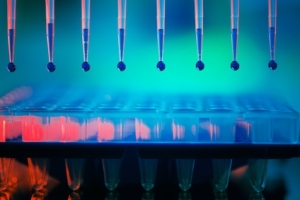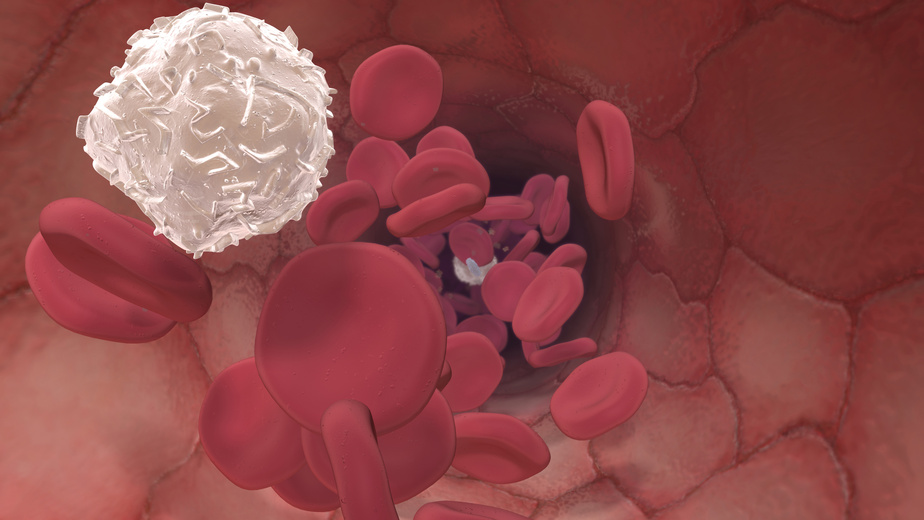In a previous post, we looked at the importance of sample preparation methods depending on the biomarker being studied (e.g. MMPs, cytokines). Today, let’s focus on cell / tissue lysates.
Tip #1 – working with cell / tissue lysates
When working with lysates, you have to perform a lysis step. Obvious. Sometimes, though, it is not so obvious how this lysis should be performed.
Cell or tissue lysates can be prepared using most conventional methods, e.g. homogenization of cell or tissue in your usual lysis buffer, such as RIPA or other formulations optimised for immunoprecipitation. Remember the following guidelines on lysis buffer composition:
a) Avoid using >0.1% SDS or other strongly denaturing detergents. In general, non-ionic detergents such as Triton X-100 or NP-40 are best, although zwitterionic detergents such as CHAPS, or mild ionic detergents such as sodium deoxycholate will work.
b) Use no more than 2% v/v total detergent.
c) Avoid the use of sodium azide.
d) Avoid using >10 mM reducing agents, such as dithiothreitol or mercaptoethanols.
e) Remember to add a protease inhibidor cocktail to the lysis buffer prior to homogenisation. Since susceptibility to proteolytic cleavage and the type of proteases present in the lysate vary, we do not recommend a specific product. Instead, your choice of which combination of protease inhibitors to use should be based upon a literature search for your protein(s) of interest and/or tissue or cell type.
Phosphatase inhibitors may be used but are not necessary unless the antibodies used in the kit / array specifically recognize phosphorylated forms of the protein.
Choices of the method for lysis and homogenization include glass-bead “smash,” douncing, freeze thaw, sonication and crushing frozen tissue with a mortar and pestle, or even a combination of these. There is no best method for all sample types; your choice of method should be made following a brief search of the literature to see how samples similar to yours have been prepared in previous investigations.
Tip #2 – measuring total protein
Quantifying total protein content in a given sample (especially in lysates) is key to be able to normalise the obtained data, and thus come up with relevant information for your biomarker discovery project.
Determination of the protein concentration of your sample is usually achieved by using a total protein assay not inhibited by detergents (such as the Bicinchoninic acid (BCA) assay) and normalising the volume of each sample used to deliver the same amount of total protein for each assay.
Note: The Bradford assay is not recommended as it can be inhibited by the presence of detergents.
Tip #3 – some lysates are more tricky than others
Here goes our own ranking of “difficult” tissues where you have to take additional precautions!
- Adipose tissue has a high fat content. This can prevent a good analysis of your biomarkers. Getting rid of the fat content of adipose tissue is key, and it is usually achieved by using organic solvents. However, organic solvents can affect downstream analysis… so make sure you get rid of them.
- Brain-related tissues can also have a significant amount of lipids, so the same as adipose may apply.
- Tissues with high protease content (e.g. pancreas). Be sure to remember point e) in Tip #1!
Any other tips that you would like to share?
Please leave your comments or suggestions!



